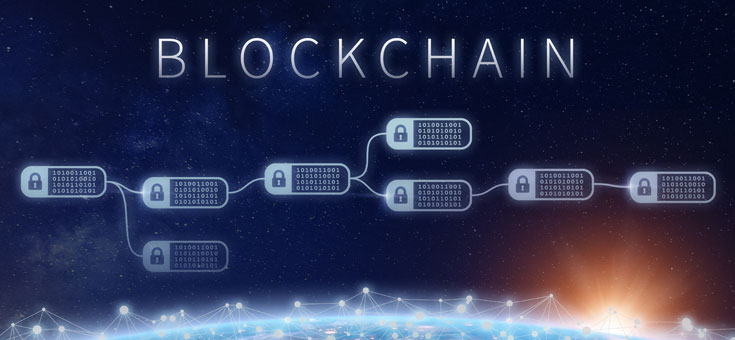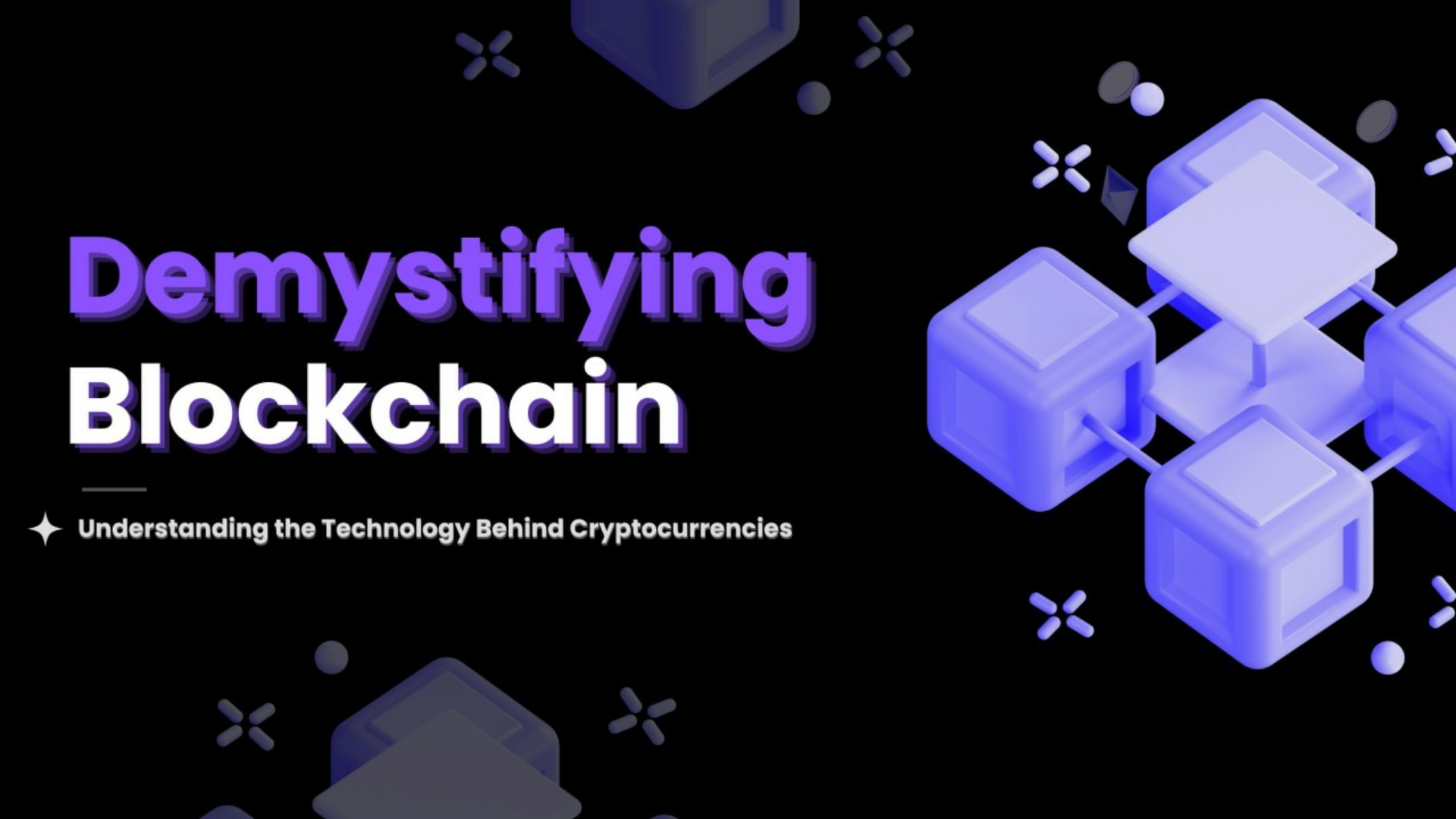
Blockchain technology burst onto the scene with the advent of Bitcoin in 2009, introducing the concept of a decentralized digital currency. However, the impact of blockchain extends far beyond cryptocurrencies. It has evolved into a transformative force with the potential to revolutionize various industries. In this article, we'll delve into blockchain's real-world applications, focusing on its use in supply chain management, voting systems, and digital identity verification.
What is Blockchain?
Blockchain is a distributed ledger technology that records data in a secure and transparent manner. Unlike traditional centralized systems, where a single authority controls the data, blockchain operates on a decentralized network of computers (nodes). Each block in the chain contains a set of transactions, and once added, it cannot be altered or deleted. This immutability and transparency are the cornerstones of blockchain technology.
How Does Blockchain Work?
Decentralization: Blockchain operates on a network of computers, known as nodes, which work together to validate and record transactions. No single entity has control over the entire network.
Cryptography: Each transaction is encrypted using cryptographic techniques, ensuring security and privacy.
Consensus Mechanisms: Blockchain networks use consensus mechanisms like Proof of Work (PoW) or Proof of Stake (PoS) to validate and add new transactions to the chain.
Immutability: Once a transaction is recorded on the blockchain, it becomes a permanent part of the ledger and cannot be altered.
Now, let's explore how blockchain technology is making waves in real-world applications.
Supply Chain Management
Blockchain's potential to revolutionize supply chain management is gaining widespread recognition. The complexities of global supply chains, including issues like counterfeit products, inefficient processes, and lack of transparency, have led to the adoption of blockchain solutions.
Transparency and Traceability
Blockchain provides end-to-end visibility into the supply chain by recording every transaction or event on an immutable ledger. Each product or batch can be traced back to its origin, helping to ensure authenticity and quality.
Reducing Counterfeits
Counterfeit goods cost the global economy billions of dollars each year. Blockchain can combat this issue by allowing consumers to verify the authenticity of products through QR codes or RFID tags linked to the blockchain. This ensures that consumers receive genuine products.
Streamlined Processes
Smart contracts, a feature of blockchain, automate various supply chain processes, such as payments, quality control, and shipping. This reduces manual errors and speeds up the movement of goods.
Case Study: IBM Food Trust
IBM Food Trust is a prime example of blockchain's impact on supply chain management. It enables transparent and efficient tracking of food products from farm to table. Major retailers and food producers, such as Walmart and Nestle, have adopted this blockchain solution to enhance food safety and traceability.
Voting Systems
The integrity of voting systems is critical for any democratic society. Blockchain technology offers a secure and transparent way to conduct elections, ensuring that each vote is counted accurately.
Security and Trust
Blockchain's decentralized nature makes it resistant to tampering or hacking. Each vote is recorded as a transaction on the blockchain, and once added, it cannot be altered. This enhances the security and trustworthiness of the voting process.
Remote Voting
Blockchain-based voting systems can facilitate remote and online voting while maintaining the security of the electoral process. This is especially valuable during times of crisis, such as a pandemic, when physical polling places may be limited.
Verifiable Results
Voters can verify their votes by checking the blockchain, ensuring that their choices were recorded accurately. This transparency reduces the potential for election fraud and disputes.
Case Study: Estonia's E-Residency Program
Estonia has been at the forefront of implementing blockchain in its voting systems. The country's E-Residency program allows citizens to vote securely from anywhere in the world using blockchain technology. This has increased accessibility and trust in the electoral process.
Digital Identity Verification
The need for secure and efficient digital identity verification is growing in the digital age. Traditional methods often involve centralized databases prone to data breaches. Blockchain offers a more robust and privacy-centric solution.
Self-Sovereign Identity
Blockchain enables the concept of self-sovereign identity, where individuals have control over their personal data. Users can grant access to their identity information selectively and revoke it at any time, enhancing privacy and security.
Reduced Fraud
Verifying identities on the blockchain reduces the risk of identity theft and fraud. Immutable records make it difficult for malicious actors to create fake identities or manipulate existing ones.
Cross-Border Identification
Blockchain's global reach makes it ideal for cross-border identification. Individuals can use their blockchain-based identity across borders without the need for complex verification processes.
Case Study: uPort
uPort is a blockchain-based identity platform that allows users to have full control over their digital identities. It has been used in various applications, including access to government services and secure login for decentralized applications (dApps).
Challenges and Considerations
While blockchain holds immense promise, it's essential to acknowledge the challenges and considerations associated with its real-world applications.
Scalability
Blockchain networks, especially those using PoW, can face scalability issues when processing a large number of transactions. Solutions like sharding and Layer 2 solutions are being explored to address this challenge.
Energy Consumption
PoW-based blockchains, like Bitcoin and Ethereum, consume substantial amounts of energy. Transitioning to more energy-efficient consensus mechanisms like PoS is one solution to reduce this environmental impact.
Regulatory Frameworks
Blockchain technologies often operate in a legal gray area, with governments working to establish regulatory frameworks. Striking a balance between innovation and compliance is a complex challenge.
Privacy Concerns
While blockchain enhances privacy in some aspects, it also raises concerns about the permanence of personal data on the ledger. Striking the right balance between transparency and privacy is crucial.
Conclusion
Blockchain technology has transcended its origins in cryptocurrency and has found a place in various real-world applications. Its potential to transform supply chain management, voting systems, and digital identity verification is evident in the solutions and case studies discussed in this article.
However, challenges such as scalability, energy consumption, regulatory concerns, and privacy must be addressed as blockchain continues to evolve. As the technology matures and gains wider acceptance, we can expect even more innovative use cases to emerge, reshaping industries and enhancing trust and security in the digital age.
Blockchain's journey is far from over, and its impact on the world will continue to unfold, ushering in an era of transparency, security, and efficiency in various aspects of our lives.


